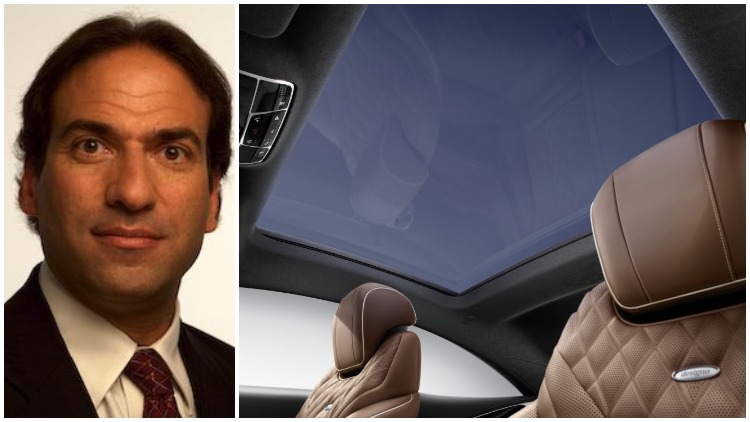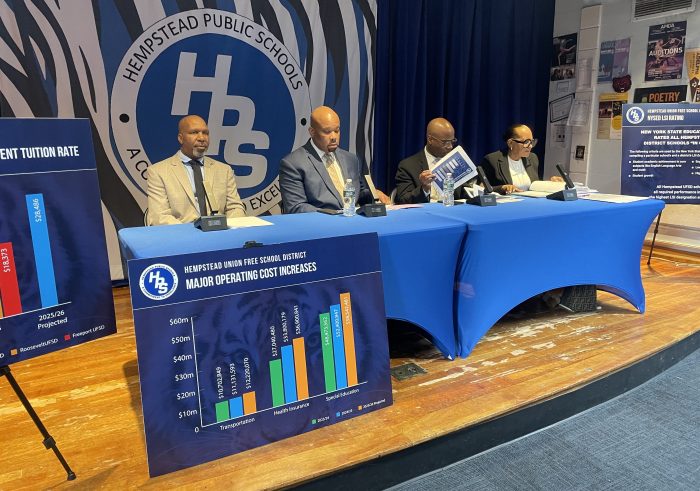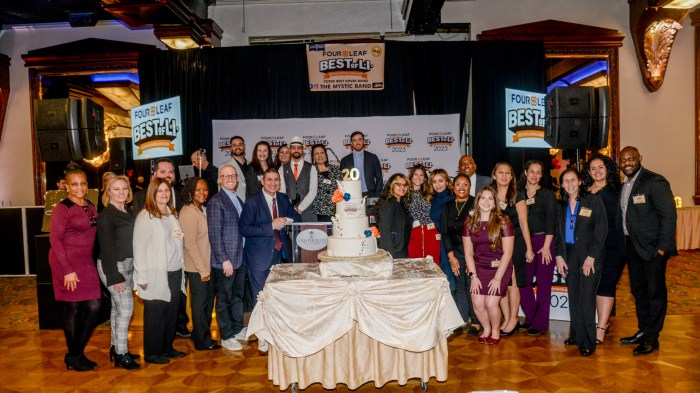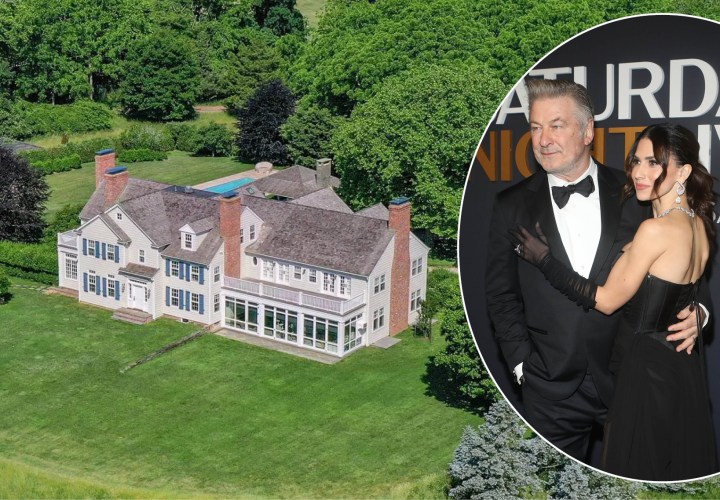Long Island is far from a hub for automakers, but a company with headquarters in Woodbury is responsible for creating an exciting new feature in many automobiles, planes, trains, and even buildings.
Research Frontiers makes SPD-SmartGlass, using suspended particle device (SPD) smart light-control technology. Scientifically put, nanoparticles absorb light suspended in a polymeric system distributed throughout a film in or on glass. In layman’s terms, it’s an electronically adjustable tinted window.
“It looks like any window-tint film, but when you put electric voltage through the coatings, the nanoparticles line up and allow light to pass through,” Research Frontiers CEO Joseph Harary says. “You can tune the amount of light coming through the film.”
Research Frontiers has about 400 patents and patent applications for technology licensed to companies on every continent except Antarctica, including Innovative Glass, in Plainview. Harary says the company spent more than $110 million to develop the technology, now in its third generation of product with research done on LI.
The first product debuted in 2001 in aircraft, before Mercedes-Benz and McLaren Automotive began including it as an option. It reduces carbon dioxide emissions in cars by four grams per kilometer.
“It’s also the only [smart glass] technology proven reliable for the automotive market,” Harary says.
Smart glass can also increase the driving range of an electric vehicle by 5.5 percent,” Harary says. It’s used in trains to cool the cabin. And it’s being used to make buildings more energy efficient.
Intelligent glass lets buildings essentially put on and remove a jacket, working with heating, lighting and air conditioning.
“It’s not much more expensive than a good energy-efficient window with a good, custom shade,” Harary says.
The latest product is a combination of smart glass and organic light-emitting diode (OLED) screen technology, letting surfaces go from transparent to screens and back.
“Imagine a TV or storefront window that goes from being clear to a high-definition TV and back again,” Harary said.
The glass can even be voice activated.
“You can talk to the window,” Harary says. “Some of the windows are Amazon or Alexa enabled.”


































